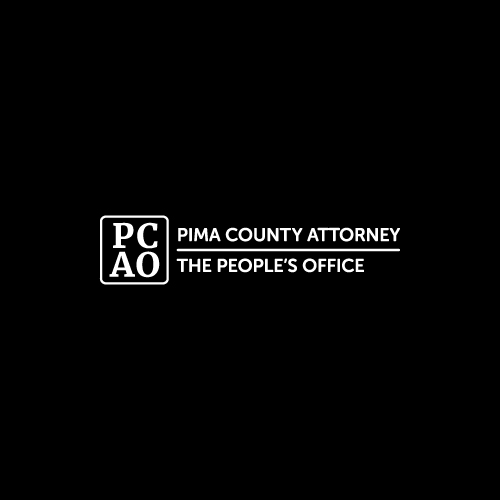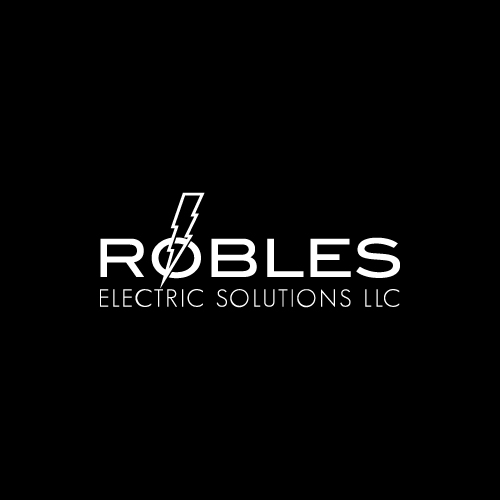We’ve all heard the saying – a picture is worth a thousand words. But, what if, beyond that, it was also worth thousands of customers? The website images you use within your web design could be one of the greatest assets to your sales, or sadly, the reason you miss out on many conversions. You wouldn’t think that images would have that much to do with your products or services, but the truth is, psychologically, all images inspire or deter audiences in split seconds, and on a subconscious level they don’t even take the time to question. People simply see images and either identify with them or are instantly turned off. That’s why we want to highlight the importance of good photography and imagery for your website.
Stock photography vs. custom website images.
First and foremost, we want to break down the definition of two terms we hear often in the digital media world. As a consumer yourself, you have undoubtedly seen both stock photography and custom photography. Oftentimes, it is obvious which is which.
Stock photography is the supply of photographs that are often licensed for specific uses. Photographers will have already taken photos that they have categorized with keywords so that when you search to find something they’ve shot, it will populate, giving you options to then buy the rights to use the photo. Typically, they have watermarks and remove such upon purchase.
There are even sites that are free and offer access to stock images via search bars. For instance, Unsplash, Deposit Photos, PixaBay, and similar sites give the option to download images for free but encourage giving credit where it’s due.

You never know where else or for what else stock images were used.
The issue you’ll find is that many of these images are available across multiple websites, so the likelihood that they’ve been used many times over by various brands – all pitching unique products and services – is very high. While that may not seem like that big of an issue, the truth is, there is a lot more that goes into the psychology of a “sale”.
For example, if the same image of a happy smiling couple is one you want to use for your dentistry business, but was first used by and seen in a campaign for a life insurance policy or funeral arrangements for loved ones, the image alone could pose a lightning-speed recall of where a consumer-first saw that image. While the message was important, perhaps it hit too close to home and was a sensitive topic or, on the other end of the spectrum, completely repelled the customer because it was far from their mind as a service they needed. It is very possible that the image alone will conjure ill or indifferent feelings and send them away from reading anything further about what you’re offering.
People subconsciously know when stock photography is used and it creates less trust because of its inauthenticity.
Another thing to consider is that stock photography has almost an air to it. It isn’t that the images are poor, rather, it is the judgment of the authenticity of the photos being taken. People can tell a real smile from a large, manufactured one. They also can see the same ethnicities or family units versus a more realistic picture of what your customers and their households might look like. Stock photos – while not all bad – can have a feel to them that doesn’t look typical or feel genuine.
Marketing 101 is psychologically two ideas of thought. Prompting audiences to either believe ‘I am just like you’ or ‘I want to be like you’. Either your audience identifies with what they see and acknowledges that they can relate, building rapport, or they see what they aspire to have or feel in your imagery and this piques interest as you have displayed a solution to what they’ve desired to have or experience.
While it isn’t something we regularly recommend, not all stock photography is bad. When creating blogs and using sites like Canva or similar, you have access to hundreds of thousands of website images that serve perfectly as perhaps simple backgrounds or complementary images to your content, be it a quote or a fun fact, etc. You don’t have to get custom photography for everything, however, if you have it, it is always better to use that over stock images. We like to take the stock and kind of customize it to fit our needs specifically by changing colors, moving elements within the image, or even combining multiple parts of some stock images to make it something unique.
That said, in just a matter of moments, imagery can easily portray many things. Either identifying with the pain points of some or the pleasing outcomes of others. With so many stock photo options available, it is important to take the time to either intentionally identify what you want images to convey and locate them with diligence and refined searches, or hire someone to capture what you want your content to convey with our next, recommended option, custom photography.
Custom photography helps you connect with your user
When you intentionally create content and/or a marketing platform (your website), you’re ultimately thinking about the customer – or at least, you should be. It is really about what is in it for them. So, your website, landing pages, and social content should always be tailored to create an experience for them that is enjoyable and that they can relate to.
Let’s look specifically at some of our service-based clients who have brick-and-mortar locations to offer their products and services. Rather than using images of a salon, fitness center, or restaurant from stock photo libraries, we’d recommend custom images that highlight their serene atmosphere, unique gym equipment, and house favorites featured on their menus.
Beyond that, and with consent, of course, images of clients and customers enjoying the facilities are always ideal. Not only will people identify with those they see receiving treatments, training, and tasty dishes, but they also will familiarize themselves with your location before they swing by for themselves. If consumers convert to customers after they feel comfortable, meeting them on their terms certainly heightens the likelihood of rapport and retention – which almost always turns to revenue!
Custom photography shows a bigger commitment/pride in your brand

Naturally, displaying website images of who and what your brand is about not only creates a connection but also says openly that you are proud of your establishment and offerings. Capturing custom images of what you’ve built helps tie in your company’s overall mission with visual elements proving you are accomplishing just that. Images create emotion. And emotions lead to action.
We have all likely heard, or at least can vouch, that buying anything is most certainly an emotional decision. Whether the desire is to fix or feel something, the action of buying is prompted by emotion. Since emotion leads to action, the use of well-placed and genuinely crafted custom photography can most definitely impact the feelings and even the financial activity of your website visitors. And this doesn’t just go for eCommerce web design, but for every kind of web design where you want the user to perform an action.
Not all custom photography is good
At Kodeak, we are straight shooters. Our success is dependent upon yours, and frankly, we enjoy succeeding. Part of our success is our willingness to criticize all facets of digital marketing and being open to better ways of doing what we love. This means that we look at the potential shortfalls of custom photography as well.
We’ve seen it. Custom photography that, while the price tag may have screamed high-end, the results were anything but. Just because images are custom to your brand, doesn’t always mean they’re ideal. Keep in mind that photos are only as valuable as the emotions they evoke. If your photos, while custom-to-you, suffer in areas from lighting to low resolution, you may find it worth revisiting altogether. Here are some tips to help with custom photography you or someone you hire does on-site.
- Use a good camera/phone. We want to attract, not distract, potential customers and clients.
- Control your lighting. Unfavorable lighting conditions can set a mood for your space that doesn’t feel inviting.
- Pay attention to your background. There’s nothing like an awkward photobomb or background blooper that sparks controversy or complaints. Plus, your focal points need to be obvious so the message you want conveyed hits audiences immediately.
- Edit or touch up with software (all phones have any number of apps that do this). Take the time to optimize your photos. You never know how those few minutes could equate to exponentially more in marketing and acquiring customers.
Our advice? Always look through the ‘lens’ of your customer. Consider custom photography for your website that gives them what they need, wrapped in what they want. Images that show your brand’s ability to relate, as well as, resolve their pressing needs are just what they are looking for, literally. Focus on your customers’ experience and over time, you’ll get a solid ‘snapshot’ of just how much quality images play a role in your bottom line. If you just aren’t sure about what your website is telling your users, feel free to give us a call, chat, email, or whatever. Through our experiences and sheer analytic data, we can tell you where you might be missing the mark or completely nailed it.









